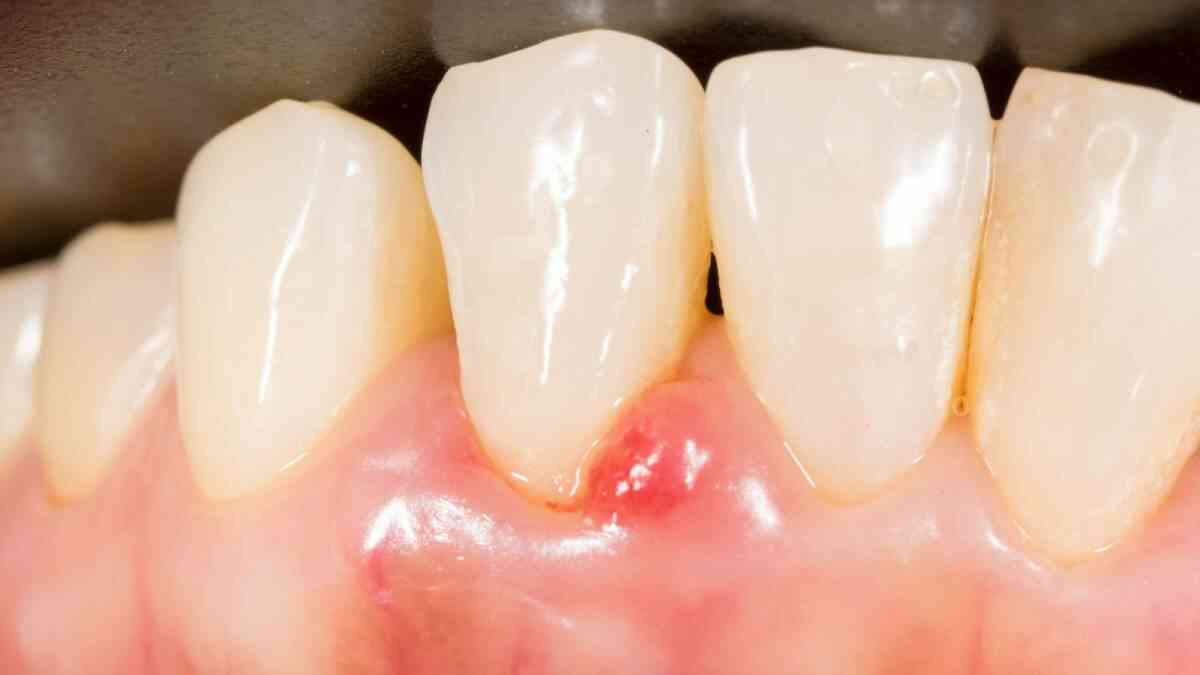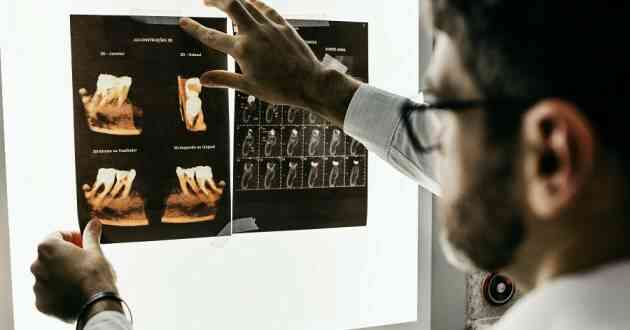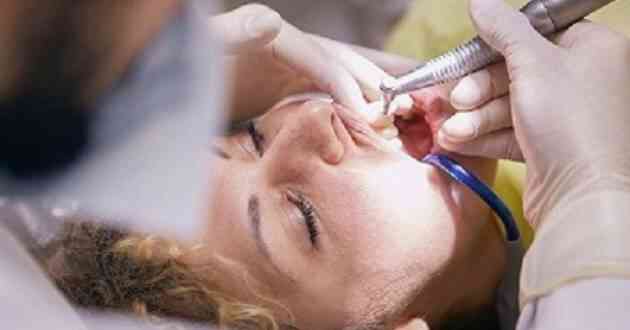Gingivitis: Signs, Symptoms, Causes And Treatment
- - Category: Dental Care
- - 08 Aug, 2022
- - Views: 423
- Save

The part of the gum around the base of the teeth is called gingiva. A common and mild form of gum disease that can cause
Overview
The part of the gum around the base of the teeth is called gingiva. A common and mild form of gum disease that can cause irritation, redness and swelling of the gingiva is called Gingivitis.
Caused by bacteria that builds up around the gum line and turns into plaque which is a soft, sticky and colourless layer, gingivitis can cause inflammation, swelling, tenderness and bleeding in gums.
When not taken seriously and left untreated, gingivitis can lead to a much more severe gum disease called periodontitis, which can eventually lead to tooth loss.
Gingivitis is most commonly caused by poor oral hygiene and can be prevented and reversed by following good oral hygiene, brushing and flossing daily and regular dental checkups.
What are the Sign & Symptoms of Gingivitis?
Gingivitis usually does not cause any signs or symptoms till the condition is mild, therefore making an early diagnosis difficult. On worsening of the disease, the signs and symptoms of gingivitis may include:
- Swollen and puffy gums
- Discoloured Gums
- Gums that bleed easily on brushing or flossing
- Halitosis or foul breath that doesn’t subside on brushing
- Receding gums.
- Sensitivity to hot or cold foods.
- Tenderness and Pain in gums on chewing food.
What are the Causes of Gingivitis?
Poor oral hygiene is the most common cause of gingivitis that encourages plaque formation on teeth. The accumulation of bacterial plaque between and around the teeth is the most common cause of gingivitis.
An invisible, sticky biofilm which is mainly composed of bacteria, occurs when bacteria generally found in the mouth interact with starches and sugar in food and attach to the smooth surface of a tooth.
The daily removal of plaque is important as it has the tendency to re-form quickly. The plaque that is not cleaned regularly and thoroughly, turns into tartar, which is full of bacteria and causes an infection where the teeth meet the gums. This infection is called gingivitis.
The longer the plaque and tartar remain on the teeth, the more gingiva (the part of the gum around the base of the teeth) is irritated, causing inflammation and bleeding in the gums.
It can eventually lead to tooth decay and if left untreated, gingivitis can lead to periodontitis and even tooth loss.
Are there any Risk Factors for Gingivitis?
Gingivitis is fairly common, and anyone can develop it. However, the following factors may increase the risk of gingivitis:
- Not taking adequate care of teeth or having crooked, hard-to-clean teeth.
- Diabetes, especially when uncontrolled
- History of gum disease in the family
- Smoking or chewing tobacco.
- Old age
- Vitamin C Deficiency
Besides the above conditions, some prescription and over-the-counter medications which can cause a reduction in the flow of saliva that helps to keep the mouth clean may also contribute to gingivitis. These include:
- Drugs to treat epilepsy.
- A few cancer therapies.
- Calcium channel blockers are prescribed for blood pressure.
- Oral contraceptives.
When Should One Consult a Dentist?
The development of even one or two symptoms of gingivitis is a reason to call a dentist like Dr. Sheena Gaur at Kirkland Premier Dentistry, who has substantial experience treating gum diseases. Remember, a timely diagnosis and treatment can save you from further complications.
Diagnosis And Tests
The dentists base their diagnosis of the gum disease on the following steps
- Review the dental and medical history of the patient and ailments, if any, that may contribute to the symptoms.
- The dentist examines the teeth, gums, mouth and tongue for any signs of plaque formation, bleeding and inflammation.
- The pocket depth of the groove between the gums and the teeth is measured by the dentist by inserting a dental probe beside the tooth beneath the gum line, at several sites throughout the mouth. The pocket depth in a healthy person is usually between 1 and 3 millimeters (mm) and Pockets deeper than 4 mm may be an indication of gum disease.
- The dentist then takes some X-rays to check for bone loss in areas with deeper pockets.
- Sometimes the dentist may recommend a medical examination to check for underlying health conditions in case the cause of gingivitis is not clear.



